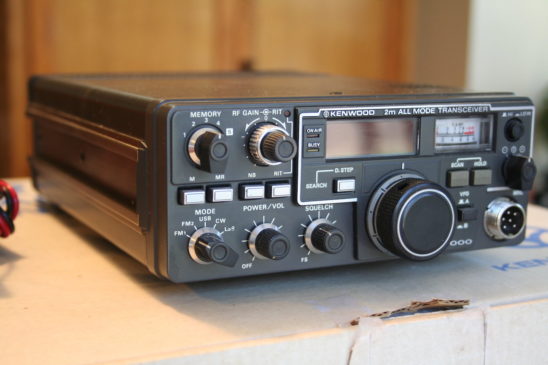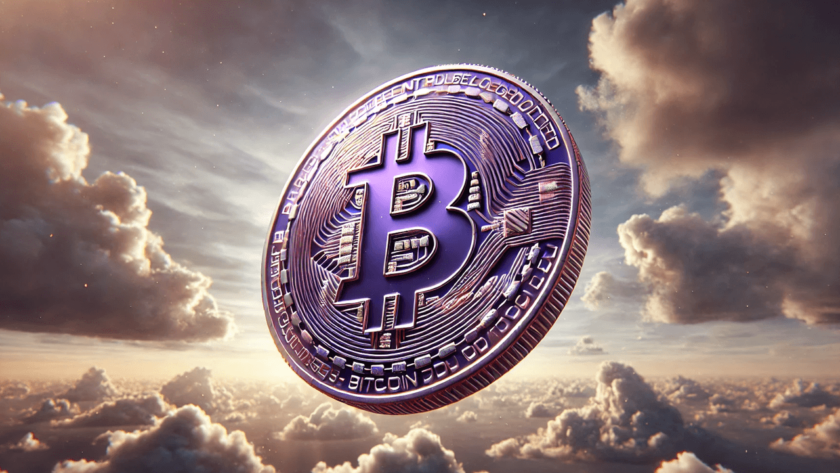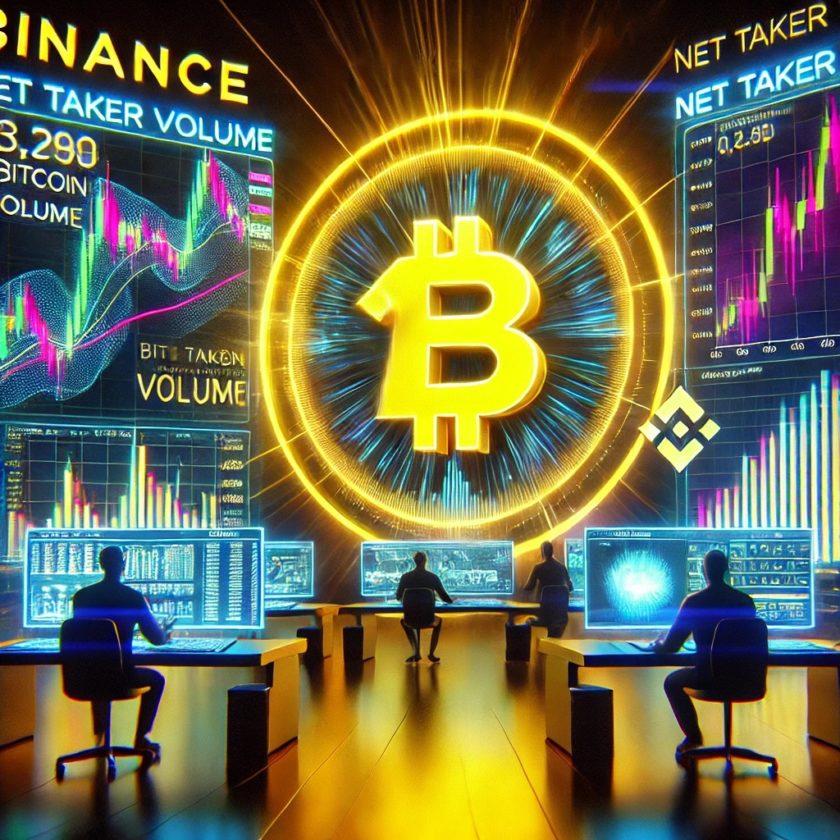J.P. Koning, a CoinDesk columnist, worked as an equity researcher at a Canadian brokerage firm and is a financial writer at a large Canadian bank. He runs the popular Moneyness blog.
Understanding bitcoin is difficult. And so we cast around for the perfect metaphor. Bitcoin is email. Digital gold. eCash.
Here’s a new one. Bitcoin is ham radio.
Bitcoin is old-fangled. It takes days to download the Bitcoin blockchain, just like it took forever to download software back in 1994. In an age of instant email and real-time Zelle payments, a bitcoin transfer takes 60 minutes to safely settle. It’s more volatile than gold, a relic of our previous monetary system. Thousands of computers are constantly replicating each others’ work, making it vastly inefficient. And lastly, there’s no privacy. Like a medieval marketplace, everyone can see everybody’s holdings.
All of these features are anachronistic. But they do sum up to something unique. What exactly is that thing?
See also: Jill Carlson – Cryptocurrency Is Most Useful for Breaking Laws and Social Constructs
A ham radio allows its operator, otherwise known as an amateur radio operator, to use certain bands in the radio spectrum to communicate by voice or code. This is an old technology. Italian inventor Guglielmo Marconi became the first ham radio operator in 1897 when he transmitted Morse code across Salisbury Plain in England.
It seems odd that something as archaic as ham radio continues to exist in a world with email, Snapchat, iPhone and Facebook. A ham transmission can only be used over a couple of kilometers. No emojis. No video. No gifs. Forget about privacy! Anyone can listen into your radio conversation.
Yet, ham radio is a very active niche. Associations all over the world keep the hobby going. According to the American Radio Relay League, there are some 764,000 ham radio operators in the U.S. Japan has more than a million. The International Amateur Radio Union pegs the global number of amateur radio licensees at 3 million.
Like ham radio, Bitcoin is for hobbyists. I’m not talking here about all of the frenetic speculators who keep their coins at Coinbase. I’m talking about users who can run a full node, use Lightning, securely store their own coins and make frequent transactions with the stuff. This pool of bitcoiners is tiny. It’s probably smaller than the number of active licensed ham radio operators.
Bitcoiners dream about mainstream adoption… But this is unlikely for the same reason that ham radio has never gone mainstream.
And no wonder. Only a hobbyist has the time and patience to master the skills that qualify them as a bitcoiner. The same goes for ham radio. Setting up a ham radio, scanning frequencies and finding the local repeater all take time and effort to master.
Bitcoiners dream about mainstream adoption and achieving hyperbitcoinization, the overthrow of fiat currency by bitcoin. But this is unlikely for the same reason ham radio has never gone mainstream. People want their fun and simple-to-use iPhones, not an archaic ham radio.
But even if Bitcoin never goes mainstream and remains a niche activity, it still has an important role to play. Ham radio can provide some hints about what this might be.
Say a disaster hits, an earthquake. The cutting-edge communications systems that were so effective at connecting us during “happy times” suddenly go down. Cell phone service is crippled. Electricity isn’t available. Forget WhatsApp. It’s impossible to connect to the internet.
This is ham radio’s turn to shine. Operating off batteries or backup generators, ham radios re-establish a backup communications network. If someone is in trouble, one ham operator relays emergency requests to another, and then another. Amateur repeater stations retransmit signals beyond the usual line-of-sight distance. At some point, help is secured.
When Hurricane Katrina pummelled the U.S. in 2005, phone lines went down and the 911 system disintegrated. Amateur radio operators swung into action by setting up emergency communication networks. In one instance, a distress call from a group of stranded victims on a rooftop in New Orleans was relayed via ham radio to Utah and back to emergency personnel in Louisiana, who then rescued the victims.
During Hurricane Maria, Puerto Rican ham radio operators were the only option for communicating with the mainland U.S. They worked in conjunction with the police and power generating companies to re-establish order. And when a tsunami hit India in 2009, ham radio networks became the sole means of communicating between some of the worst hit Indian islands, Nicobar and Andaman. The same happened in Japan during the 2011 earthquake.
What makes ham radio so effective in a disaster?
Like Bitcoin, ham is antifragile. Ham radio operators are independent nodes. By working together, they can create a functioning decentralized peer-to-peer communication system. Ham radios are light and energy efficient, so they are less reliant on vulnerable centralized systems, say the electrical utilities. And like the Bitcoin network, a ham radio network has plenty of redundancy. If one node isn’t operating, others will still be monitoring channels.
If a niche like ham radio has a crucial role to play when disaster strikes, so does Bitcoin. In what sorts of catastrophe can the Bitcoin system help?
Matt Ahlborg’s research on bitcoin usage gives us some hints. Ahlborg, a data scientist, found that Venezuelans and Nigerians have turned to the cryptocurrency as a way to make remittances. This is because their governments have imposed an artificially high price of sending money via regular remittance options like Western Union.
Here’s another clue. People who sell salvia divinorum, a product with hallucinogenic properties that’s legal in some U.S. states, are prohibited from accepting credit cards. They take bitcoin instead.
Or take Sci-Hub, which switched to bitcoin donations when PayPal disconnected it.
So the disaster in which the Bitcoin network becomes vital will probably involve some sort of self-imposed crippling of the conventional payments system.
It’s good to have decentralized backups. However, as Jill Carlson has suggested, we shouldn’t want to live in a world where these backups have found mainstream usage. If five years from now everyone became a ham radio operator, that could only be due to a natural disaster that has permanently crippled our infrastructure.
Likewise, if five years from now hyperbitcoinization has occurred and everyone has become a bitcoiner, it would be due to some sort of as-yet unknown calamity has hit. That’s a gloomy step backwards that none of us should wish for.
The leader in blockchain news, CoinDesk is a media outlet that strives for the highest journalistic standards and abides by a strict set of editorial policies. CoinDesk is an independent operating subsidiary of Digital Currency Group, which invests in cryptocurrencies and blockchain startups.




